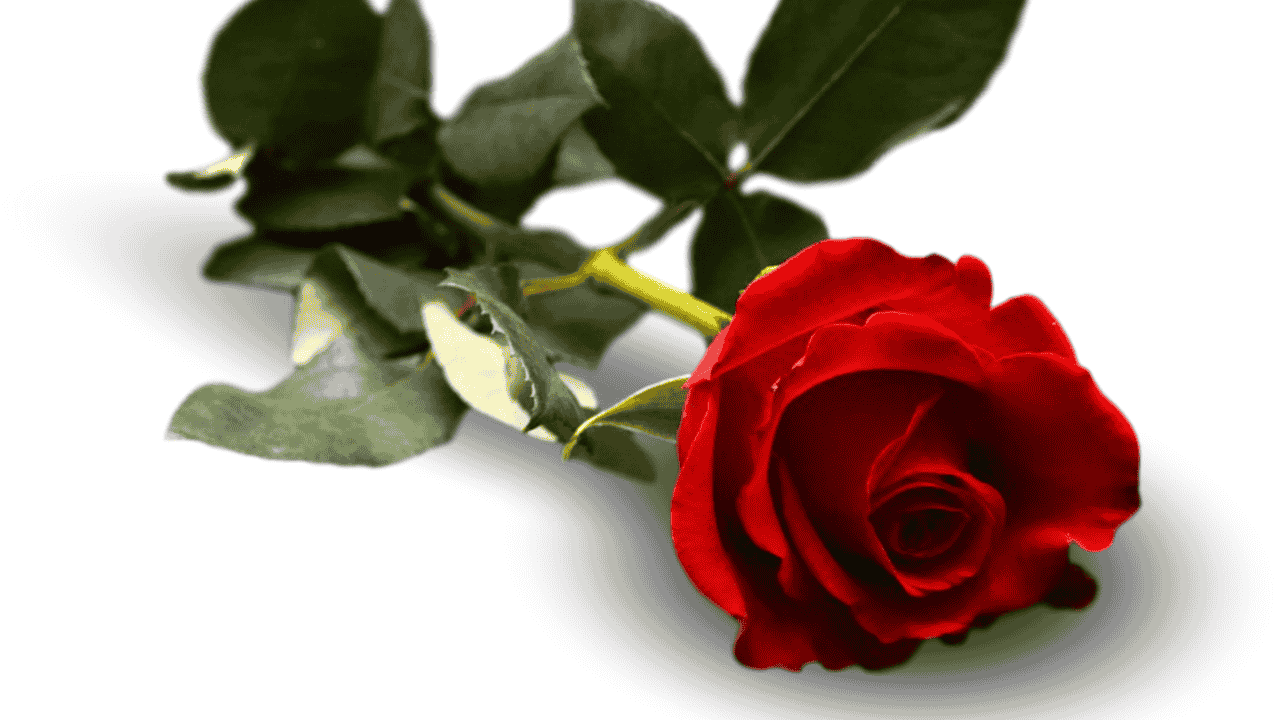By Azeem Ahmed Khan
ISLAMABAD– Pakistan has developed a new rose variety that researchers say can help the country tap into the $60 billion global floriculture export market by offering climate resilience, multiple industrial applications, and strong income potential for farmers.
The variety, named Rosa Centifolia UAF, was developed by the Institute of Horticultural Sciences, University of Agriculture Faisalabad.
Farmers and industrialists across the country are being encouraged to adopt it because of its resilience and market potential, said Dr. Iftikhar Ahmad, Professor of Floriculture at the Institute of Horticultural Sciences, University of Agriculture Faisalabad, in an interview with Wealth Pakistan.
Global Market Potential and Industrial Applications
He said that global demand for natural products is surging, and the Rosa Centifolia UAF variety positions Pakistan to diversify its floriculture sector and boost farmer incomes through value-added exports.
While the $60 billion floriculture trade is led by cut flowers, Pakistan’s entry through high-value rose oil, rose water, jam (gulqand), and dried petals can significantly strengthen the country’s non-traditional exports.
The variety flowers almost throughout the year, produces bunches of pink, fragrant rose flowers, and continues blooming even at temperatures above 40 degrees Centigrade.
Dr. Iftikhar described the variety as a potential game-changer for farmers, noting that it not only withstands harsh climatic conditions but also offers multiple opportunities for product development and value addition.
In contrast, he pointed out, the Surkha (Red) rose performs best at 25–35°C, but loses both flower size and oil content as temperatures rise.
Productivity and Lifespan of Rosa Centifolia UAF
Highlighting its unique strengths, he explained that Rosa Centifolia UAF has a productive lifespan of 12–15 years, yields 500–700 flowers per plant annually, and produces rose oil comparable to the globally prized Rosa damascena.
It also delivers longer-lasting rose water and superior-quality jam compared to the Rosa chinensis variety commonly grown in Pakistan. Another advantage, he added, is that it can be easily propagated through cuttings from November to February, making it accessible for new growers.
He said the variety’s resilience, fragrance, and multiple industrial applications make it an ideal fit for Pakistan’s climate and market needs. One acre with 5,000 plants offers different profitable options depending on the scale of operation.
According to Dr. Iftikhar, a single acre of Rosa Centifolia UAF can produce about 1 kilogram of premium-quality essential oil (attar) from 5,000 kilograms of flowers. Valued at Rs. 1.5 million per kilogram, this translates into a net profit of around Rs. 740,000 per acre each year, making it a highly lucrative option for large-scale growers and industrialists cultivating 50 acres or more.
Farmers can also generate around Rs. 400,000 per acre in revenue by selling rose petals, securing a net profit of Rs. 260,000 from the second year of planting.
This option, he noted, is particularly suitable for small and medium-scale growers cultivating between one to ten acres for local markets.
He explained that 5,000 kilograms of flowers can produce nearly 50,000 liters of rose water. At a wholesale rate of Rs. 30 per liter, this amounts to Rs. 1,500,000 in revenue per acre, with farmers earning a net profit of about Rs. 600,000.
By processing 3,000 kilograms of flowers with sugar, farmers can produce about 7,500 kilograms of rose jam (gulqand). This can generate sales of Rs. 750,000 per acre, with net profits reaching approximately Rs. 240,000 a year.
Additionally, dried petals and buds are in high demand in both local and export markets, offering farmers a potential non-traditional crop that can be incorporated into traditional cropping patterns for higher returns and profit margins.
Author Profile






